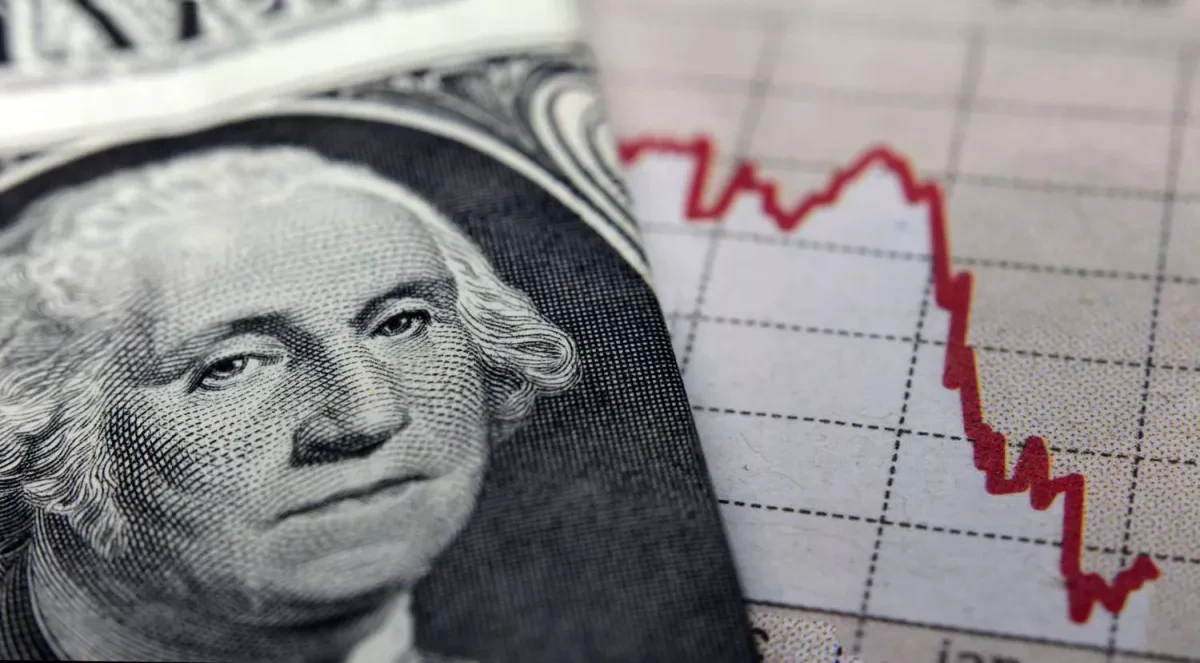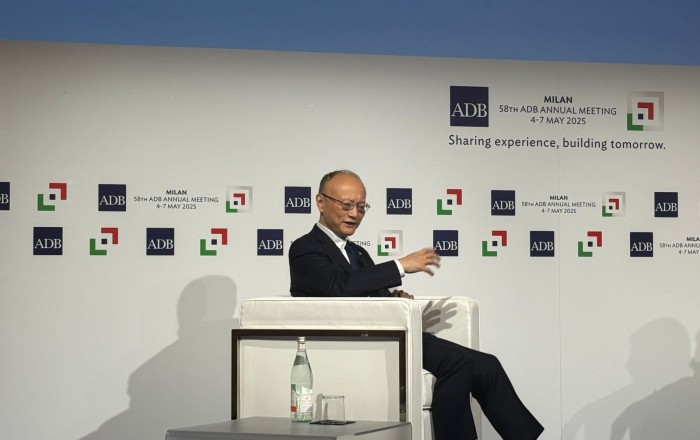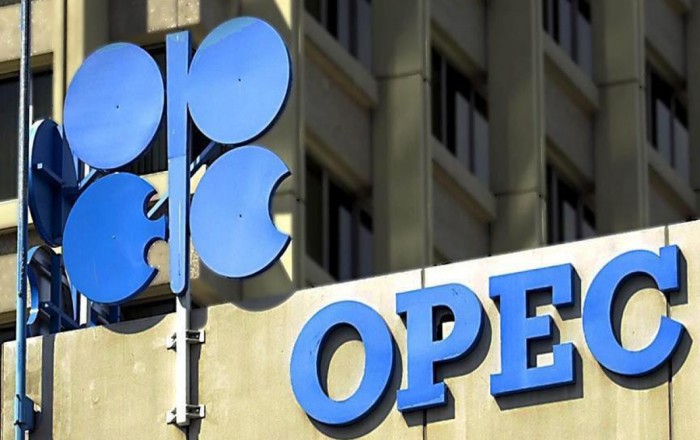The dollar is traditionally a symbol of safety has in recent times become a source of concern. Since peaking in mid-January as investors continued to take profits on short dollar positioning amassed toward the end of last year, it has dropped over 9% against major currencies, with two-fifths of that decline occurring since April 1. Meanwhile, yields on ten-year Treasuries have risen slightly, an unusual combination suggesting growing investor unease. Reports suggest major foreign asset managers are shedding dollars.
For decades, the strength of US assets underpinned global finance. Treasuries, backed by a $27 trillion market, are central to trade and investment. This system relied on the Federal Reserve's commitment to low inflation and America’s stable governance, but as an article by The Economist argues, US President Trump has managed to shake that trust.
His aggressive trade war has driven up tariffs tenfold in recent weeks, damaging supply chains and pushing inflation higher, while the economy edges toward recession. On top of that, America’s shaky fiscal health is deteriorating. Debt is near 100% of GDP, and the budget deficit is an unusually high 7%. Yet Congress has approved plans that could add $5.8 trillion in deficits over the next decade, worsening the debt trajectory.
Historically, US leaders supported a strong dollar. Today, some in the White House frame it as a burden to offload—if necessary, by force. According to the article, this undermines confidence and pressures the Federal Reserve. Trump is urging rate cuts and could appoint a compliant Fed chair by 2026. Investors are demanding a risk premium on US assets, fearing a bond-market crisis. Foreigners hold $8.5 trillion of government debt, mostly in private hands, and the US must refinance $9 trillion this year. A drop in demand could quickly inflate borrowing costs and stress the budget.
If markets crash, could Congress respond? In past crises, it spent heavily. But tackling this one would mean cutting entitlements and raising taxes—moves the current political landscape makes unlikely. The result could be financial contagion, with defaults and hedge fund collapses—scenarios more typical of emerging markets.
The article points out that the Fed are facing a dilemma: step in to stabilize markets or risk appearing to monetize unsustainable debt, especially amid high inflation. And if it doesn’t support Trump’s agenda, would he allow it to assist foreign central banks as usual in a crisis?
A currency is only as credible as the government behind it and as per the author's argument, America’s failure to address deficits or uphold reliable rules threatens a global financial upheaval. A weakened dollar would hurt the US—despite benefits for some exporters, its dominance lowers capital costs across the economy.
Globally, there’s no real substitute. The author evaluates the euro as lacking enough safe assets, Switzerland being too small, Japan recording huge debts, and cryptocurrencies lacking state backing. Without the dollar’s anchor, the search for safety could trigger destabilizing cycles. Though flawed, the dollar-based system remains the bedrock of global finance. Undermine it, and those foundations may crack.
By Nazrin Sadigova
Source: caliber.az












